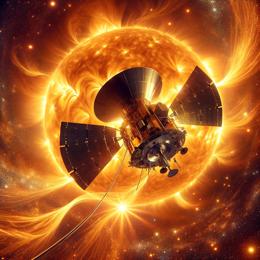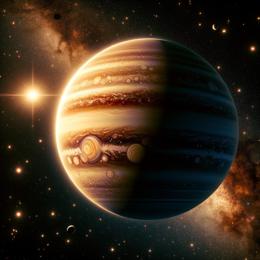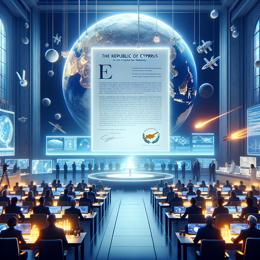Picture: for illustration purposes
NASA's OSIRIS-REx Set to Unveil Secrets of Asteroid Apophis During Its Historic Earth Flyby in 2029
In a historic space encounter slated for April 13, 2029, the world will witness a celestial spectacle as the near-Earth asteroid Apophis sails closer to our planet than some geosynchronous satellites. Standing 340 meters tall, it will shimmer as a spot of light moving across the night sky, observable by onlookers in Africa and Europe.
The NASA spacecraft OSIRIS-REx, launched in 2016, has been re-missioned and rebranded as OSIRIS-APEX to rendezvous with Apophis and observe its intimate cosmic dance with Earth. University of Arizona scientists helm this pioneering mission, aiming to yield critical insights into the asteroid's composition and dynamics. These findings are not just about scientific curiosity—they are central to human survival, providing knowledge that might one day be vital to deflecting a potential doomsday asteroid impact.
Initially, Apophis, named after an Egyptian mythological demon, seemed to spell doom with forecasts of a possible collision. However, refined calculations have since dismissed any chances of impact for at least the next century. Yet, the significance of its approach remains undiminished.
The close encounter with Apophis offers an unprecedented opportunity. The gravitational pull from Earth is expected to have noticeable effects on the asteroid's trajectory and rotation. Observations from OSIRIS-APEX, complemented by ground-telescope data, are set to quantify these changes. These findings will be crucial to understanding tidal disruptions on an asteroid's surface, which might even result in a comet-like tail.
For 18 months, OSIRIS-APEX will operate in proximity to Apophis, undertaking intricate orbital maneuvers and collecting data to uncover the asteroid's inner secrets. The vessel's thrusters may be used to disturb the asteroid's surface, revealing the materials beneath and providing a clear view of its composition. This will not only quench our thirst for knowledge of the early solar system but also empower us with the means to protect our planet from future celestial threats.
Understanding the characteristics of asteroids like Apophis is key to planetary defense. The more that is known about their physical and chemical properties, their density, and their orbital behavior, the better we can prepare for countermeasures against these spaceborne hazards. NASA has already demonstrated its commitment to planetary defense, having successfully nudged a small asteroid off course in a precedent-setting test last year.
While Apophis lacks the might to threaten life on Earth at an existential level, it is no less dangerous. A direct collision with an object of its size and speed could unleash devastation on a massive scale, capable of irrevocably altering a city or even triggering tsunamis. Hence, this mission bears profound significance, extending beyond the scientific community to the realm of global safety and security.
As we await the 2029 flyby with bated breath, the promise of OSIRIS-APEX's findings poses a beacon of hope, potentially guiding humanity to avert the wrath of cosmic interlopers.










